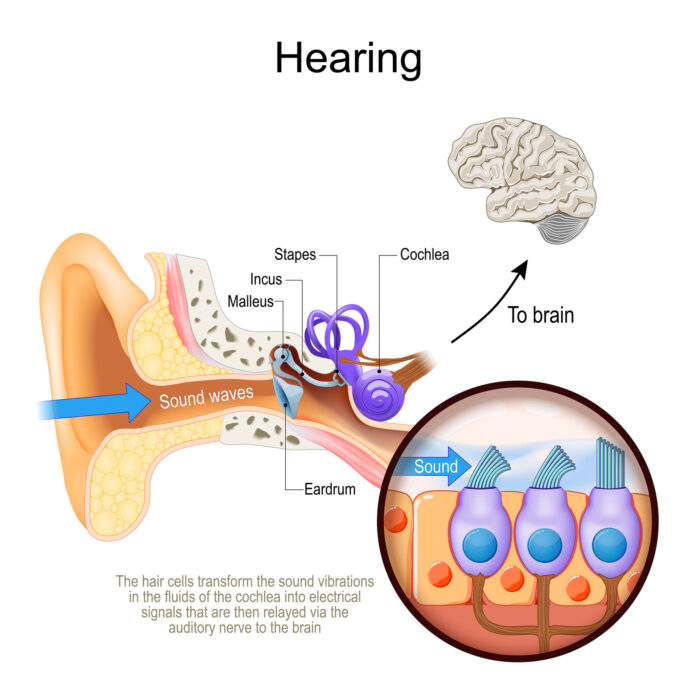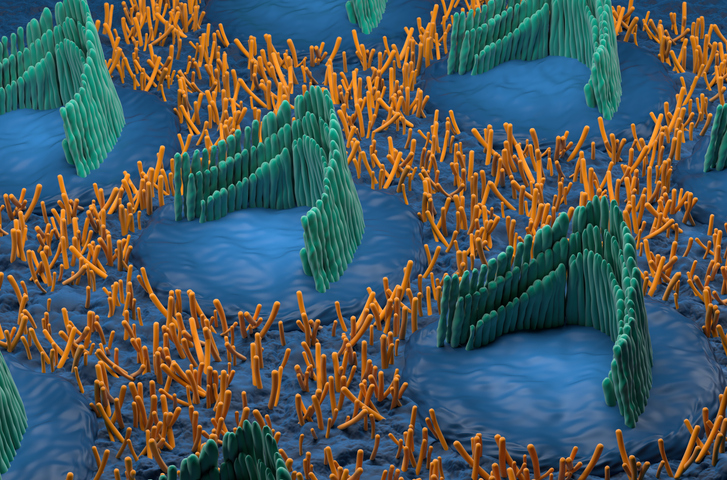In an effort to better understand hearing loss, scientists have created mice with supercharged listening abilities.
University of Michigan neurobiologist Lingchao Ji and colleagues achieved this by dialing up the test animals' expression of a nerve growth gene called neurotrophin-3 (Ntf3).
The Michigan research lab previously showed increasing Ntf3 expression can improve hearing in middle-aged mice. It can also help recover some hearing in mice with damaged inner ears.
It does so by increasing the number of connections – called synapses – between hair cells in the ear's cochlea and the brain. The hair cells react to sound vibrations and turn them into signals, which the synapses then convey to the brain's neurons for interpretation.

"We knew that providing Ntf3 to the inner ear in young mice increased the number of synapses between inner hair cells and auditory neurons, but we did not know what having more synapses would do to hearing," says University of Michigan neurobiologist Gabriel Corfas.
"We were surprised to find that when we increased the number of synapses, the brain was able to process the extra auditory information. And those subjects performed better than the control mice in the behavioral test."
The density of synapses does not alter the startle reflex, so the initial detection of sound itself remains typical in spite of the reduced number of connections.
Instead, the synapse density seems to alter the ability to distinguish between sounds, changing what is known as the gap detection threshold – the shortest duration of silence between two sounds that is still wide enough for them to be heard as two sounds rather than one.
The gap detection threshold is longer when there are fewer synapses in an area, as Ji and team demonstrated in their experiment with mice that had reduced Ntf3 expression.
This indicates that loss of inner hair cell connections causes delays in brain processing of different sound signals, as experienced by some humans with hearing challenges. These delays make it difficult to comprehend speech, particularly when other sounds at a similar volume are present.

Boosting Ntf3 expression in the mice caused an increase in the density of their synapses, in turn improving their ability to process and therefore distinguish between sounds of different qualities.
"Animals with extra inner ear synapses have normal thresholds – what an audiologist would define as normal hearing – but they can process the auditory information in supranormal ways," explains Corfas.
So increasing Ntf3 expression has the potential to improve hearing in humans too, the researchers believe.
"Some neurodegenerative disorders also start with loss of synapses in the brain. Therefore, the lessons from the studies in the inner ear could help in finding new therapies for some of these devastating diseases," Corfas concludes.
This research was published in PLOS Biology.
